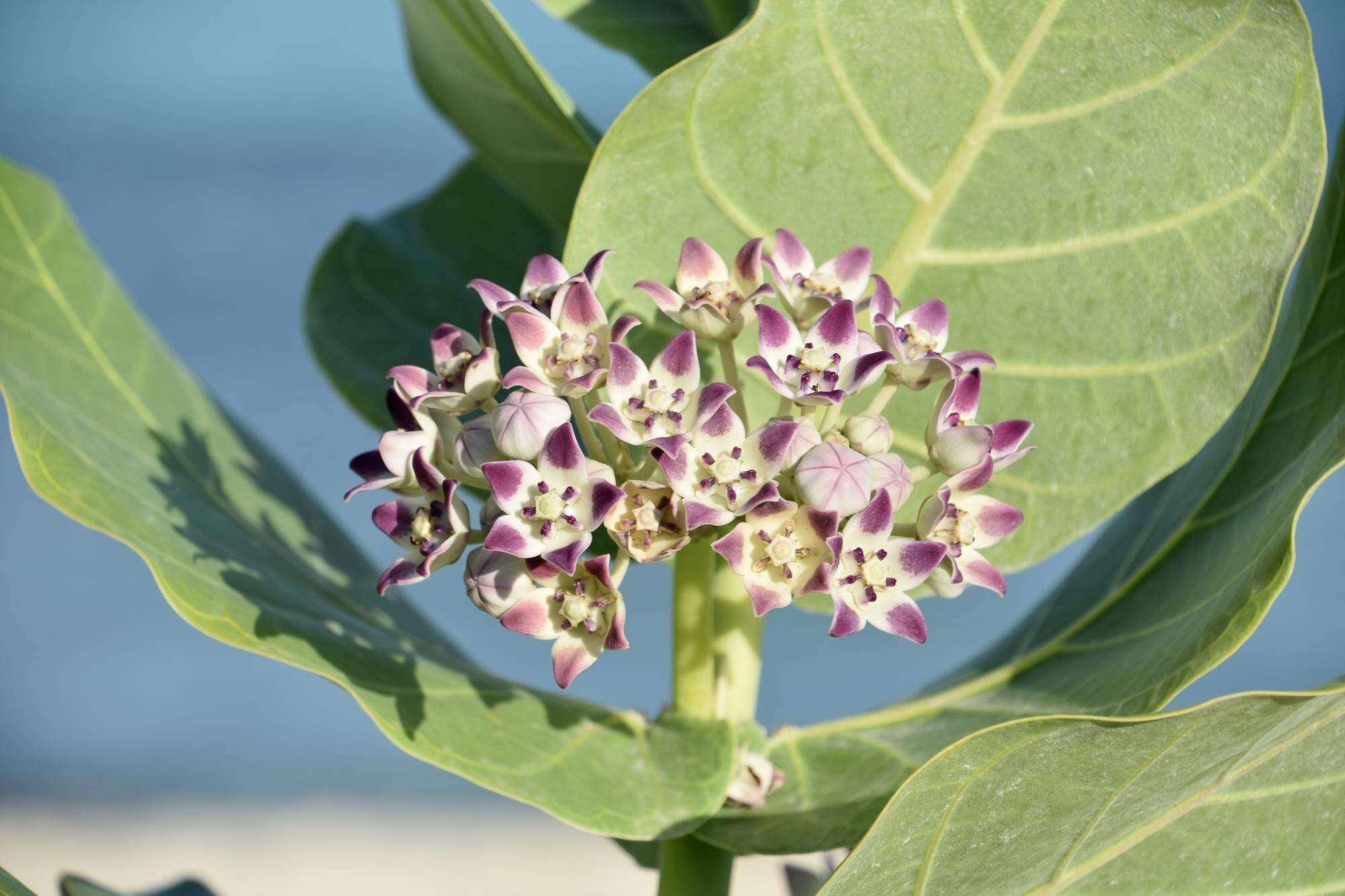
Milkweed
Asclepias spp.
Basic Information
🌿 Family: Apocynaceae🗺️ Zone: 3-9
Other Names:
- Butterfly Weed
- Silkweed
🌡️ Ideal Temperature : 65°F – 85°F
🔥 Heat Tolerance: Up to 100°F
❄️ Cold Tolerance: Down to -30°F
🌱 Type: Perennial
Layers
- Ground
- Shrub
Companions
- Coneflower
- Blazing Star
Plants to Avoid
- None specified
Description
Milkweed is a perennial plant native to North America, known for its clusters of pink to lavender-colored flowers that bloom in midsummer. The plants can vary in height, typically ranging from 0.6 to 1.8 meters (2 to 6 feet). They have broad, lance-shaped leaves and produce seed pods filled with silky-haired seeds.
🌞💧 Sun and Water Requirements:
Milkweeds generally prefer full sun and well-drained soils. Species like Butterfly Milkweed (Asclepias tuberosa) are drought-tolerant, while Swamp Milkweed (Asclepias incarnata) thrives in moist to wet soils.
✂️🫘 Methods to Propagate:
Propagation can be done through seeds or root cuttings. Seeds often require cold stratification to germinate effectively. Planting should be done in the fall or after a period of cold treatment.
🧑🌾👩🌾 When to Harvest:
For medicinal or edible uses, harvest young shoots or flower buds before they fully open. Ensure proper identification and preparation, as some parts can be toxic if not handled correctly.
Purpose
Edible: Certain species have edible parts when properly prepared, such as young shoots and flower buds. Medicinal: Historically used in traditional medicine for various ailments. Wildlife Attractor: Serves as a host plant for Monarch butterflies and attracts other pollinators. Erosion Control: The root systems help stabilize soil, making them useful in preventing erosion.